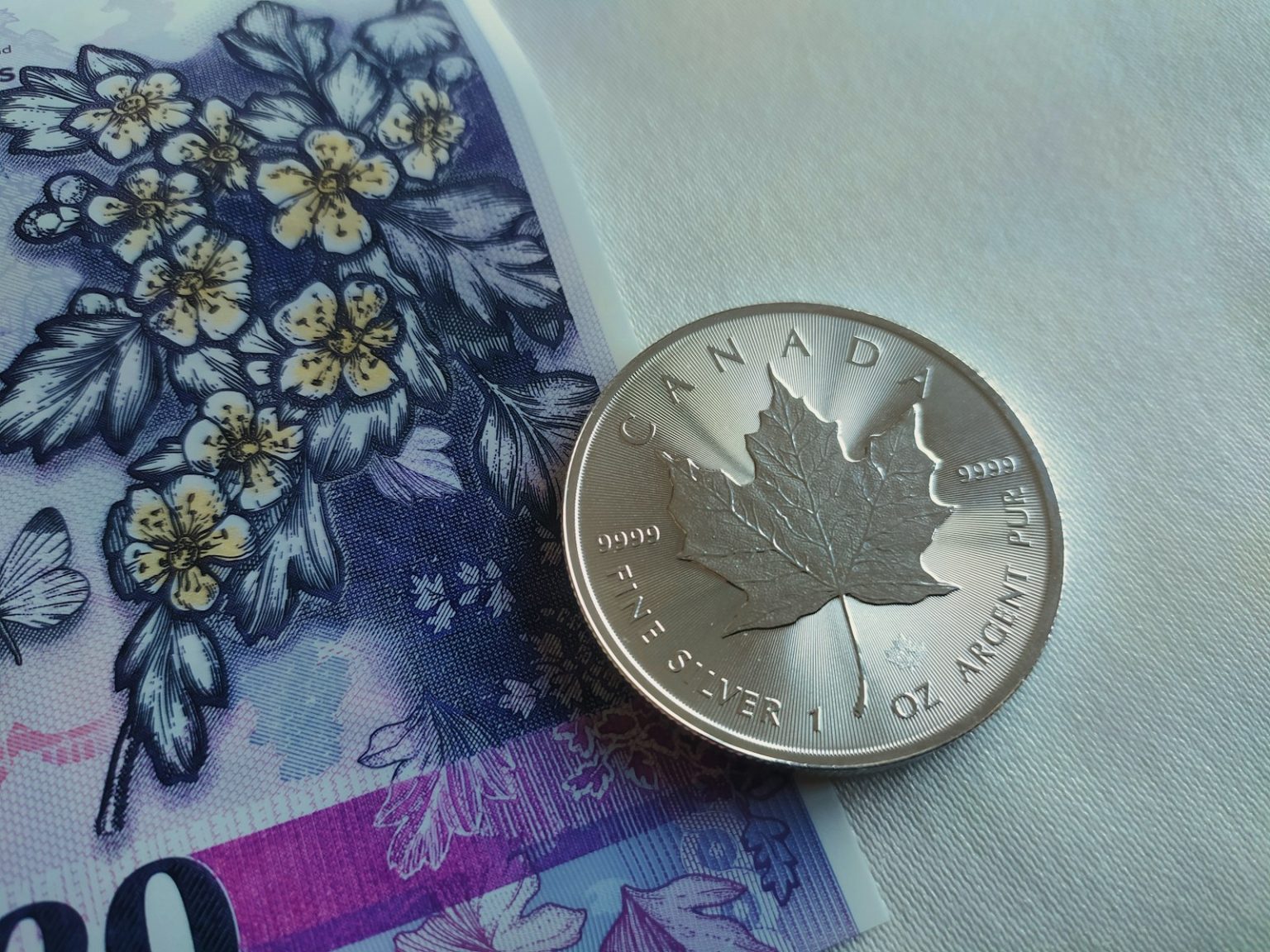The Canada Pension Plan June 2025 payment is scheduled to drop soon. If you’ve been keeping an eye on your bank account waiting for your next CPP deposit, you’re in luck. The payment usually lands during the final week of each month.
For June 2025, the next CPP deposit is scheduled for next Thursday, June 26. With the cost of living still putting pressure on wallets from coast to coast, programs like CPP remain a key lifeline for many. Staying informed about CPP payment dates in 2025 can help you stay on track and plan ahead.
The Canada Pension Plan is a key federal program that helps provide income support during retirement. If you’ve been employed in Canada and saw CPP deductions on your paycheque, you’ve been paying into it. That money funds your future monthly payments.
You can apply to start getting CPP as early as age 60, though the amount you receive will be smaller than if you wait. The longer you delay, up to age 70, the higher your monthly payment will be. After age 70, there is no financial advantage to holding off.
Once you’re approved, the amount you get each month is fixed but adjusted annually to keep up with inflation. Payments can be deposited directly into your bank account, making CPP a steady and predictable source of income when you’re no longer working. To qualify for Canada Pension Plan retirement benefits, you need to meet two main criteria.
You must be at least 60 years old, and you must have made at least one valid contribution to the plan, usually through deductions taken from your pay while working in Canada. Life changes can also influence CPP eligibility. If you’ve gone through a separation or divorce, you might be able to split CPP credits with your former spouse or partner, impacting how much you receive.
You don’t need to quit your job to start collecting CPP.
June CPP payment arriving Thursday
If you keep working while receiving payments and you’re under 70, you might be eligible for the CPP post-retirement benefit. This top-up increases your monthly income as long as you continue making contributions.
Your CPP payment is calculated based on several key details, primarily your age when you start collecting, the amount you’ve contributed over the years, and your average income during your working life. The earlier you start, the smaller your monthly amount. If you wait past 60, your payment increases each year until you hit 70.
The size of your contributions plays a significant role, too. In general, the more you earn and contribute while working, the higher your monthly payment will be. If you’re still earning income under age 70, those extra contributions can also increase your benefit through the CPP post-retirement benefit.
As of January 2025, the highest monthly Canada Pension Plan payment for someone starting at age 65 was $1,400, according to Service Canada. However, most people receive less than that. The average new retirement benefit at 65 is closer to $900 a month.
Your personal CPP amount depends on how much you earned and contributed during your working years. If your income was lower or you had gaps in employment, your monthly payment could be below the average. On the flip side, consistently higher earnings and contributions can push your payout above that mark.
Canada Pension Plan payments are taxable. But unlike employment income, taxes aren’t automatically deducted unless you choose to have them taken off. If you want taxes withheld each month, you can request it through your My Service Canada Account or by filling out a form.
If you don’t set this up, you might end up owing taxes later, especially if your overall income is on the higher side. With a possible Canada Post strike on the horizon, now’s a good time to make sure your Canada Pension Plan payments won’t be affected, especially if you still receive your cheques by mail. The easiest way to avoid delays is by switching to direct deposit.
That way, your CPP payment is deposited directly into your bank account on the scheduled date, regardless of any issues with mail delivery.







